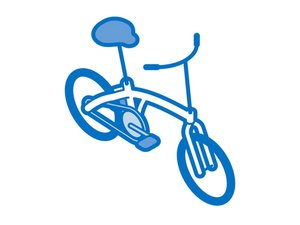Introduction
When pedaling you feel some wobble in the crank arm and pedals. If you apply lateral force to the crank arms while off the bike, they wiggle in a way they aren't supposed to. By following these troubleshooting steps, you can effectively diagnose and address issues related to loose crank bolts, loose bottom brackets, gnarled square tapers, and worn bearings on a bicycle.
Causes
Symptoms: Wobbling or rocking of the crank arms, unusual noises during pedaling.
- Visual Inspection: Check if the crank bolts are visibly loose.
- Physical Check: Try to wiggle the crank arms. Any movement suggests that the bolts are not tight enough.
- Torque Test: Use a torque wrench to check if the crank bolts are tightened to the manufacturer's specified torque. See the Crank Arm Guide.

- No estimateModerate
Symptoms: Side-to-side movement of the crankset, grinding or creaking sounds when pedaling.
- Physical Inspection: Grasp the crank arms and try to move them side to side, feeling for any play or looseness.
- Check for Damage: Inspect the bottom bracket for any visible signs of damage or wear.
- Adjustment Check: If adjustable, ensure the bottom bracket is tightened correctly according to specifications.
Symptoms: Difficulty in keeping the crank arms tight, excessive movement, or slipping.
- Remove Crank Arms: Carefully remove the crank arms to inspect the square taper.
- Inspect for Wear: Look for signs of rounding or deformation on the square taper interfaces.
- Compare and Contrast: If possible, compare with a known good square taper to assess the extent of the wear.
Symptoms: Rough or grinding feeling when rotating the cranks, excessive play in the bottom bracket.
- Rotation Test: Rotate the crankset and feel for any roughness or grinding, which indicates bearing wear.
- Play Examination: Check for any play in the bottom bracket by moving the crank arms side to side.
- Disassembly and Inspection: Disassemble the bottom bracket to inspect the bearings. Look for visible signs of wear, pitting, or corrosion.
You're seeing solutions for Bicycle. Select your model to find parts for your device.







